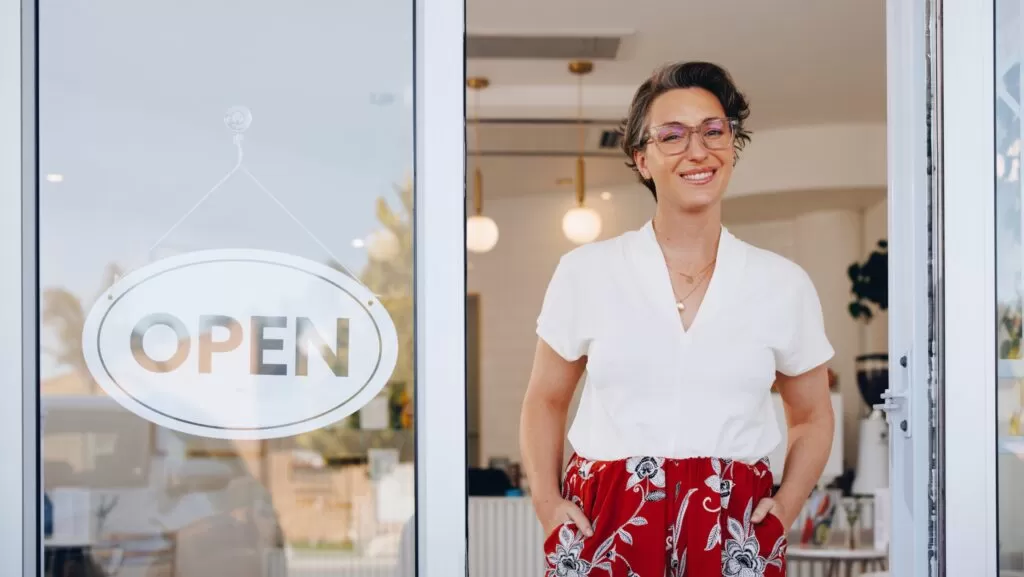When seeking finance to purchase assets such as motor vehicles, trucks, plant, machinery and equipment, business owners understandably focus on securing a solution to their prime concern – purchasing the needed assets with the cheapest finance. The attention is on a solution to a need. On purchasing equipment that will deliver a benefit to the business. To improve productivity and increase profitability.
But beyond that primary priority, there are aspects of the actual finance product itself that can also deliver significant benefits to the business. Yes, sourcing the
cheapest interest rate business loans will definitely support the business cash flow. But looking further than the basics can be worth the extra effort.
One would assume that purchasing equipment for business purposes would be a tax-deductible expense. But not all tax deductions are treated or realised equally.
Business finance products are all structured to include tax deductions for the business but the range of loans vary in how that benefit is realised.
Identifying the potential benefits in conjunction with any special ATO rulings in play can work to ‘supercharge’ those tax benefits. A case in point is the current scenario with not one but two measures in place that when utilised in unison, can deliver a significantly greater return to business.
Currently, the Federal Government has put in place both temporary full expensing (TFE) and loss carryback (LCB) which when implemented in the same financial year, may deliver a bigger tax benefit. But the outcome hinges on the choice of finance. Hence the link back to the initial stages of the finance sourcing process.
More information here.
Temporary Full Expensing
While news to current business people, this accelerated asset depreciation measure has been previously activated by the government. The concept is basically that the full purchase price of eligible depreciable assets by eligible businesses can be fully deducted as an expense in the same year as purchase. Note that the usual ATO ruling is that depreciable assets attract a small percentage of the purchase price as a tax deduction on a set schedule over a set number of years.
This accelerated scheme allows a much large tax deduction, reduces the taxable business income which means less tax is payable in that year. With less to pay on tax, the business theoretically has more financial capability to spend on additional investments, employing more staff or spending on business requirements. As such, stimulating the economy.
Loss Carry Back
Another measure introduced as part of the COVID-19 stimulus packages and federal budget measures is loss carryback. This also acknowledges issues faced by businesses due to COVID-19 and allows them to essentially receive a benefit by way of a tax refund from losses made.
The usual ruling is that when a business makes a loss, that loss has to be carried forward and can be claimed for income tax purposes against profits made in future years. Not much assistance for businesses that have made a loss due to the impact on the economy from the coronavirus pandemic. They may have to wait several years ahead to realise any tax benefit.
Loss carryback essentially reverses the process. If the business made a loss in a year but a profit in an earlier year, the loss can be claimed against the previous profit. It would be assumed that in the profitable year the business paid a tax obligation and when the loss is claimed, the business receives a refund on the proportionate tax paid. It is a refundable tax offset.
The refund could then be utilised by the business for further investment or business spending.
The current temporary loss carryback ruling is relevant for losses made in 19/20, 20/21, 21/22 against profits in a number of earlier years. Check out the detail at
https://www.ato.gov.au/Business/Loss-carry-back-tax-offset/
The Interactive Process
Now to the way these two measures interact. As outlined by the ATO, the interaction between temporary full expensing and loss carryback is intentional to encourage new investment in business assets and spending and to increase cash flow.
The interaction works like this:
- An eligible business acquires an eligible asset with the appropriate commercial finance product.
- The business claims temporary full expensing on the purchase price.
- By claiming such a large tax deduction, the business posts a loss in that financial year.
- But they posted a profit and paid the appropriate tax in an earlier (approved) year.
- They carry the current loss back and claim against the earlier profit.
- They receive a cash refund for the tax (or a proportion of the tax) they paid on the earlier year’s profit.
Hopefully, with this simple flow chart, you can see how the two link and how the choice of finance at the start of the financing process can be extremely significant when such schemes are available, beyond the cheap interest rate.
Selecting Appropriate Commercial Finance
You will have noted the words ‘depreciable assets’ and ‘depreciation’ throughout the explanation above. Those are the keywords to selecting the business finance product that will work with temporary full expensing.
The asset needs to be financed with a loan type that includes depreciation. The most commonly used form of finance for this purpose is Chattel Mortgage, which is also known as
Equipment Loans and Heavy Vehicle Loan.
You can read the features and benefits of
Chattel Mortgage for businesses on our web page and refer to our interest rate comparison calculator to work up repayment estimates for your purchases.
So when approaching the purchase of equipment, cars and trucks for a business, operators should be taking a wide view of the benefits available to them to ensure they maximise and optimise the opportunities available.
To discuss your commercial lending requirements contact 1300 000 033
DISCLAIMER: THE SPECIFIC PURPOSE IN PROVIDING THIS ARTICLE IS FOR GENERAL INFORMATION ONLY. IT IS NOT INTENDED AS THE SOLE SOURCE OF FINANCIAL INFORMATION ON WHICH TO MAKE BUSINESS FINANCE DECISIONS. BUSINESS OWNERS WHO REQUIRE ADVICE OR GUIDANCE AROUND THEIR SPECIFIC FINANCIAL CIRCUMSTANCES ARE RECOMMENDED TO CONSULT WITH AN ADVISOR OR ACCOUNTANT. NO LIABILITY IS ACCEPTED IN REGARD TO ANY MISREPRESENTATIONS OR ANY ERRORS RE ANY DATA, SPECIFICS, POLICIES AND OTHER INFORMATION AS SOURCED FROM OTHERS.








